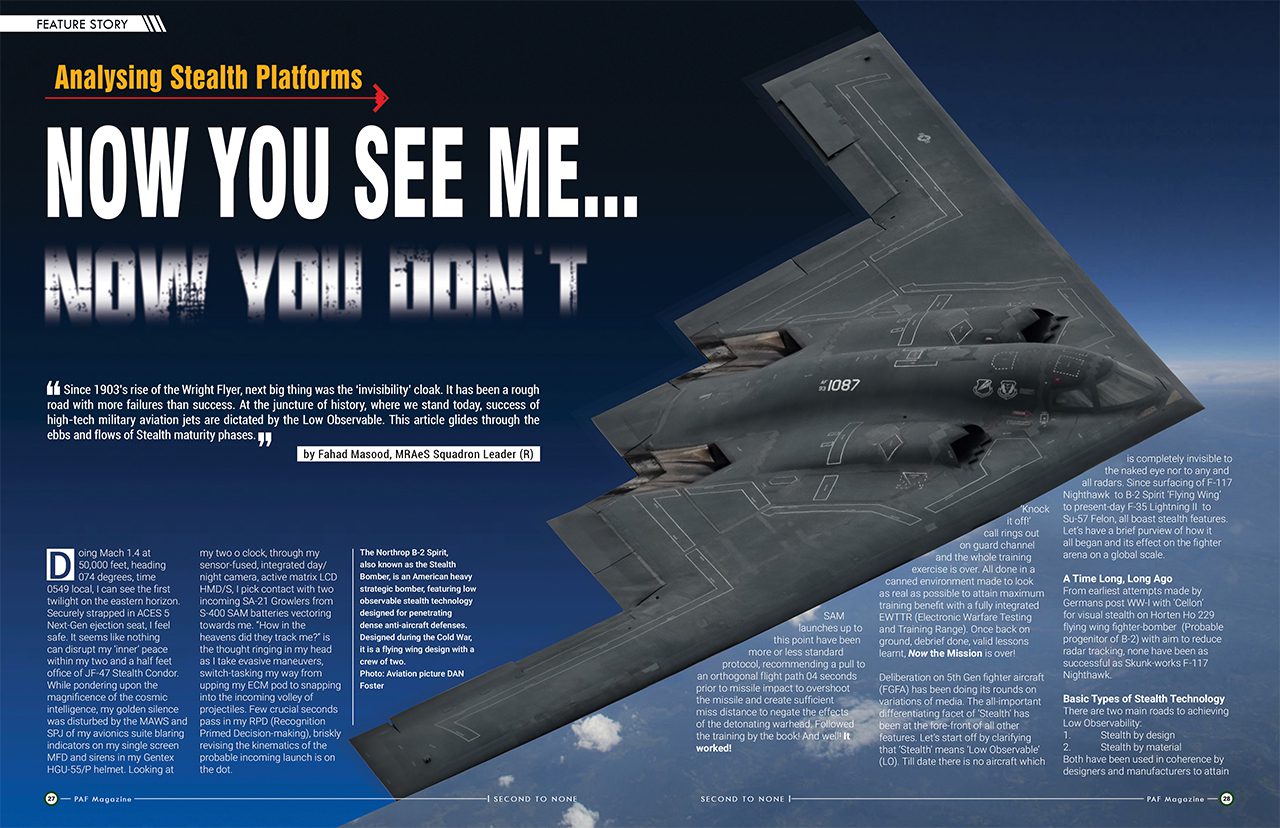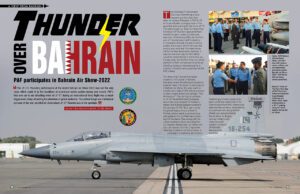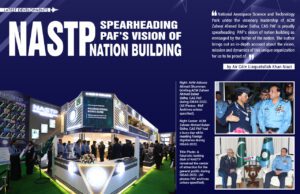Since 1903’s rise of the Wright Flyer, next big thing was the ‘invisibility’ cloak. It has been a rough road with more failures than success. At the juncture of history, where we stand today, success of high-tech military aviation jets are dictated by the Low Observable. This article glides through the ebbs and flows of Stealth maturity phases.
oing Mach 1.4 at 50,000 feet, heading 074 degrees, time 0549 local, I can see the first twilight on the eastern horizon. Securely strapped in ACES 5 Next-Gen ejection seat, I feel safe. It seems like nothing can disrupt my ‘inner’ peace within my two and a half feet office of JF-47 Stealth Condor. While pondering upon the magnificence of the cosmic intelligence, my golden silence was disturbed by the MAWS and SPJ of my avionics suite blaring indicators on my single screen MFD and sirens in my Gentex HGU-55/P helmet. Looking at my two o clock, through my sensor-fused, integrated day/night camera, active matrix LCD HMD/S, I pick contact with two incoming SA-21 Growlers from S-400 SAM batteries vectoring towards me. “How in the heavens did they track me?” is the thought ringing in my head as I take evasive maneuvers, switch-tasking my way from upping my ECM pod to snapping into the incoming volley of projectiles. Few crucial seconds pass in my RPD (Recognition Primed Decision-making), briskly revising the kinematics of the probable incoming launch is on the dot.
SAM launches up to this point have been more or less standard protocol, recommending a pull to an orthogonal flight path 04 seconds prior to missile impact to overshoot the missile and create sufficient miss distance to negate the effects of the detonating warhead. Followed the training by the book! And well! It worked!
‘Knock it off!’ call rings out on guard channel and the whole training exercise is over. All done in a canned environment made to look as real as possible to attain maximum training benefit with a fully integrated EWTTR (Electronic Warfare Testing and Training Range). Once back on ground, debrief done, valid lessons learnt, Now the Mission is over!
Deliberation on 5th Gen fighter aircraft (FGFA) has been doing its rounds on variations of media. The all-important differentiating facet of ‘Stealth’ has been at the fore-front of all other features. Let’s start off by clarifying that ‘Stealth’ means ‘Low Observable’ (LO). Till date there is no aircraft which is completely invisible to the naked eye nor to any and all radars. Since surfacing of F-117 Nighthawk to B-2 Spirit ‘Flying Wing’ to present-day F-35 Lightning II to Su-57 Felon, all boast stealth features. Let’s have a brief purview of how it all began and its effect on the fighter arena on a global scale.
A Time Long, Long Ago
From earliest attempts made by Germans post WW-I with ‘Cellon’ for visual stealth on Horten Ho 229 flying wing fighter-bomber (Probable progenitor of B-2) with aim to reduce radar tracking, none have been as successful as Skunk-works F-117 Nighthawk.
Basic Types of Stealth Technology
There are two main roads to achieving Low Observability:
1. Stealth by design
2. Stealth by material
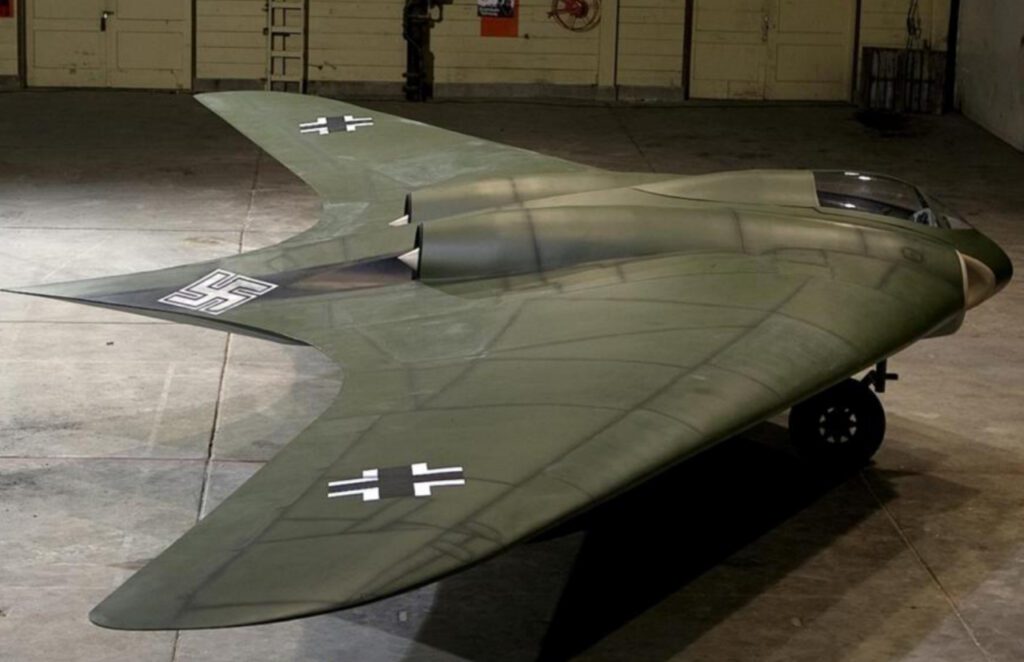
Both have been used in coherence by designers and manufacturers to attain the objective. It is not a singular, isolated technology but a wide array of technologies, used in combinations, that can greatly reduce the distances at which an aircraft can be detected; more so RCS (Radar Cross Section) reductions, but also acoustic, thermal, and other aspects.
Skin to manufacture stealth is made up of or corners covered with RAMs (Radar Absorbent Materials). There are also RAPs (Radar Absorbent Paints) which are coated on fighter aircraft. Both are used in confluence to attain desired objective. Polymer matrix of ferromagnetic particles are used by militaries globally. Another type is neoprene sheet containing ferrite or carbon black particles used in early versions of F-117A.
At present, computational technology has raised the bar to an even greater level. Echo 1 seems like stone-age tech for the likes of artificial intelligence architectural algorithms employed in computational fluid dynamics (CFDs) of today. Synergistic effect of present day technological competencies enable ease of designing, manufacturing, trial and testing.
Past Challenges Overcome
Two major challenges to becoming LO:
Reduced RCS to avoid radar detection. Altering general configuration like introducing the split rudder helps. Unknown to most, the ‘forwardness’ of trailing edge of the F-22 wing is also meant for increased stealth.
Reduced Thermal signature to avoid IRST (Infra-Red Search and Track) detection. Exhaust thrust emission reduction.
All this is now possible with improved accuracy and relative secrecy as well.
Leader of the Pack-The Nighthawk
Product of the Lockheed’s Echo 1 computer program creation named ‘Facets’ – flat surfaces to refract and not reflect waves to radar receiver – F-117 is an even more unstable platform than the Viper, unable to fly without the onboard micro-computers. Thought to be retired & discontinued as a program, but very recently it has been brought back from the ‘dead’ by USAF.
Its predecessor flew on December 1, 1977, resembling the ‘Hope Diamond’ more than any aerodynamic aircraft. Nicknamed the ‘Hopeless Diamond’, it had been flown out to Groom Lake – famously known as Area 51 – in parts aboard a Lockheed C-5 Galaxy cargo plane.
Hopeless Diamond – first of two technology demonstrators – was originator of F-117 Stealth. Defense Advanced Research Projects Agency (DARPA) had initiated the ‘Have Blue’ program to counter Soviet’s increasingly fused air defense systems. This was forty years ago—constructed on trivial funds by Lockheed’s Skunk Works—when it roared into the skies of the Nevada desert marking an epoch antipasto. Mil-tech evolution has not stopped over the past almost half a century, with advanced F-35 Lightning II and F-22 Raptor’s RCS (Radar Cross Section) reducing designs making them look as big as ‘an eagle’s eyeball’ on contemporary radar consoles.
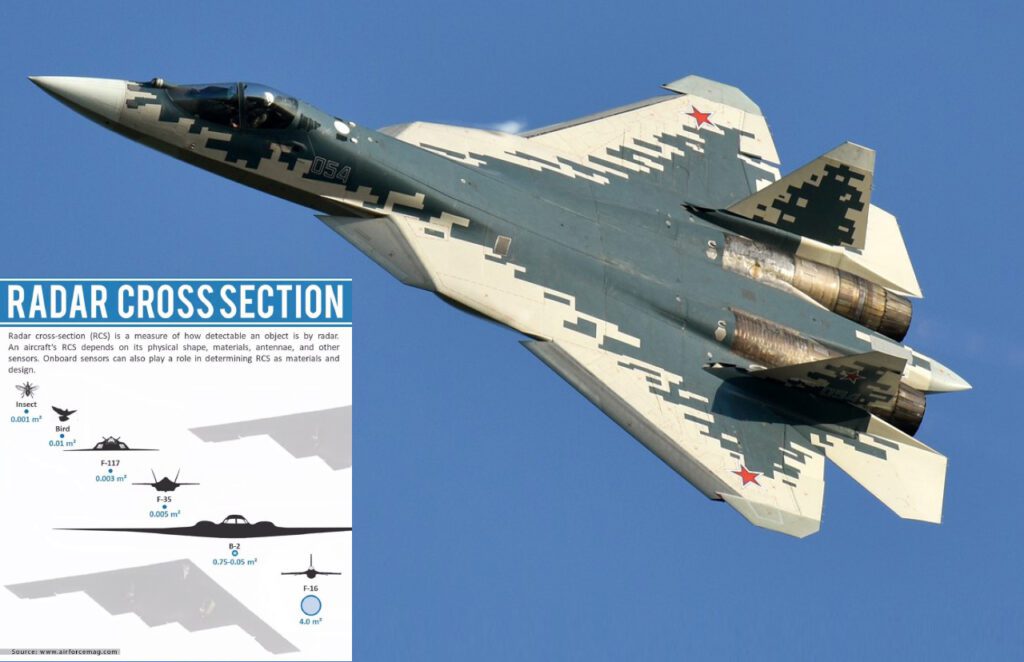
Skunk works was responsible for the U-2 surveillance, not ‘design stealth’ but was coated in radar absorbent material (RAM). A-12 ‘Oxcart’/SR-71 ‘Blackbird’ and D-21 supersonic reconnaissance drone also had reduced RCS and painted with radar absorbing ‘iron ball’ paint (RAP).
With big names from the defense manufacturing industry, like that of Nothrop, DARPA, Lockheed, McDonnell Douglas, Hughes Radar Systems group, the project had to be a success sooner than later. ‘Have Blue’ team went on to design an aircraft called ‘Tacit Blue’ for another DARPA program which became the basis for another stealth aircraft: the B-2 Spirit bomber.
Have Blue was built from a mix of several of old school aircraft from USAF inventory. Flight control system (FCS) from General Dynamics F-16 design, nose gear & engines from Northrop T-38, main gear from F-104, ejection seat from F-16 and to put it all together, tools were pulled from Lockheed’s C-5 cargo plane line. Out of the lot, F-16’s ‘fly-by-wire’ (FBW) FCS was the keystone, due to the strange nature of Have Blue design made it inherently unstable in flight, more than any human pilot could cope with. And this was not all, the Vipers side-stick control column was also borrowed.
F-117 was based largely on the same math that created Have Blue, but it was bigger in size due to two internal weapon bays in order to function as a combat plane. Side-stick resumed its place in the center. Vertical control fins pair on aircraft’s tail increased size and went from inboard to outboard canting. These were officially first time used in 1989 Panama conflict before being successfully employed in 1991 Operation Desert Storm. Missions of suppression of enemy air defense (SEAD) and destruction of enemy air defense (DEAD) were efficiently achieved by the stealth where earlier Tornados from Royal Air Force were shot down by the Iraqi Integrated Air Defense Systems (IADS) at the onset of activities. Softening of Iraqi defense infrastructure was and is directly linked to F-117 Night Hawk.
Latest Stealth Capable Fighter Aircraft
Stealth fighter aircraft will continue to play a valuable if not a pivotal role in air combat with USA using F-22 Raptor & F-35 Lightning II. The Raptor took to the skies over Syria in September 2014 as part of US-led coalition to defeat ISIS. Whether it was successful or not is still debatable because of confidentiality of information.
In February 2018, in the same battlezone, Su-57s ferried from mainland Russia to Russian Khmeimim air base in Syria to bolster four Sukhoi Su-35 fighters, four Sukhoi Su-25s, and one Beriev A-50 AEW&C aircraft. Rumored to have been armed with cruise missiles. Although no active engagements or employment of the Felon have been reported. But their presence certainly makes the game a bit more interesting.
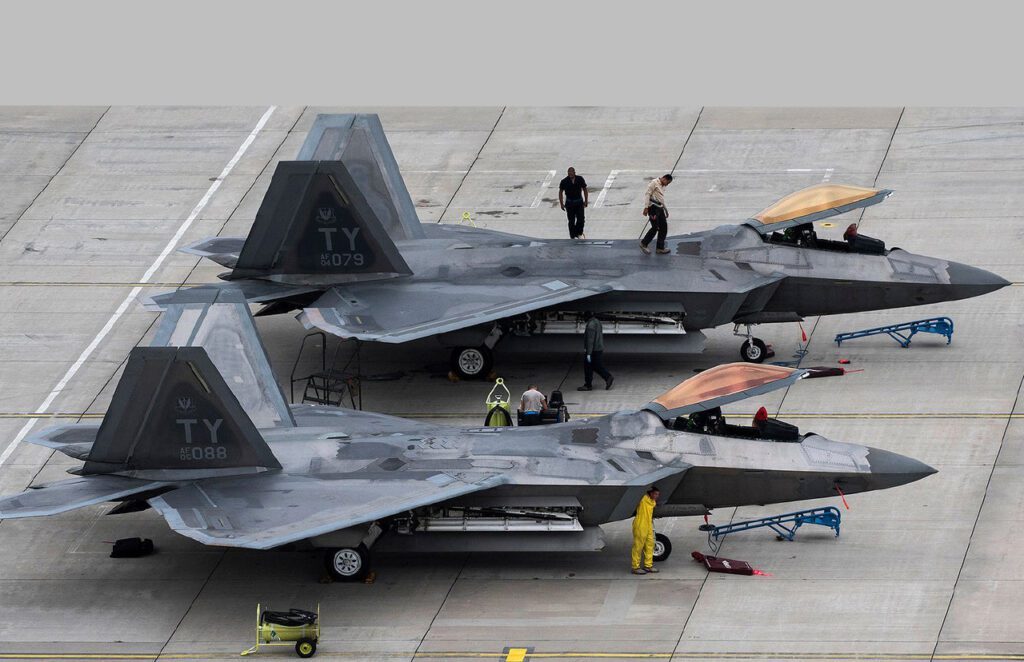
In 2018, a report surfaced noting that Israeli F-35I stealth fighters conducted a number of missions in Syria and supposedly even loitered in Iranian airspace without detection. In May 2018, Major General Amikam Norkin of IAF reported that Israeli Air Force F-35I stealth fighters carried out the first-ever strike in combat over Syria. With approval of Lightning II for sale to United Arab Emirates Air Force by US congress, the already volatile regional dynamics are ready for the head-spin.
China started flight testing J-20 Mighty Dragon stealth multirole fighter in 2011 and made its first public appearance at Airshow China 2016. The aircraft entered service with the People’s Liberation Army Air Force (PLAAF) in March 2017.
Another fifth-generation stealth multirole fighter from China, the FC-31 Gyrfalcon is also under flight testing. Both these programs require time to mature and when apropos, will be favored weapon of choice of Pakistan Air Force as well. With India attempting to politically destabilize the region, China pushing the envelope with CPEC/BRI/OBOR in the region along with emerging blocks of the world, the external security matters will need to be kept a scrutinizing eye on.
Future Challenges
Contemporarily, Moore’s Law has hit military aviation more than anything else. Radar and IRST technology is growing by leaps and bounds.
From LPI (Low probability or Intercept) radars doing its magic with power management, high duty cycle, ultra-wideband, frequency agility/frequency selection, advanced/irregular scan patterns, coded pulses, high processing power and low sidelobe antennas, LO technology is finding it ‘challenging to hide’. Reducing radar detection when aircraft opens its weapons bay or when gears are put down needs a deep look into.
IRST, being a passive detection system, does not spike the RWR (Radar Warning Receiver) of the enemy aircraft. Heat signature of stealth fighters need to be even more veiled so that there is no micron infra-red values to track and launch against. Like the Eurofighter Typhoon can engage a target from 50 to 90 km with the Pirate IRST for fighter size target depending on altitude and atmospheric conditions.
Radar Technology
The aura of invincibility has been at a decline with the advancement of Radar tech. USAF in general and F-117 stealth program in particular had a rude awakening in Yugoslavia in 1999 when it was shot down by a SAM. Sooner or later, stealth’s ‘invisibility cloak’ is likely to be pierced by razor-sharp Air Defence (AD) radars.
Targeting radars, operating in higher frequency X (8-12 GHz) and S (2-4 GHz) bands, are challenging to dupe. Another core function of stealth is to render ‘noisy’ radar returns to be considered as clutter. Optical sensors such as IR or visible band imaging devices is still a better contemporary bet.
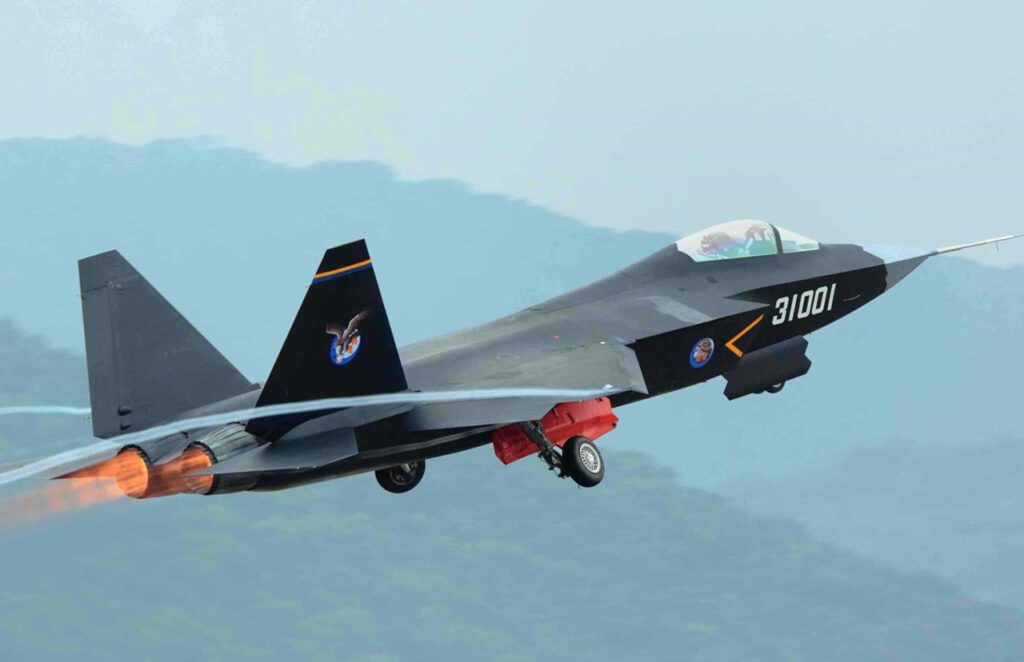
Lower frequency radars are a different ball-game. VHF (50-330 MHz) or UHF (300-1,000 MHz) bands spawn longer wavelength. ‘Step change’ resonance becomes causal factor as any feature on the flying machine is eight times smaller in size of a particular wavelength, more often being the vertical stabilizer. To ensure survivability of a stealth strike package, it needs to have an Electronic Warfare (EW) proponent to generate good enough signal to noise ratio.
V/UHF radars signal is echoed by a resonant effect that is unaffected by stealth shaping or RAM coatings. Previously unpopular because they had poor resolution, picked up anomalous propagation (AP) likes of big flock of migratory birds, heavy downpour, clouds. Solution to this equation leads us down the same alley… Network Centricity or Data Fusion of V/UHF Active Electronically Scanned Array (AESA) radar systems, high-speed data-links, thermal sensors and visible band imaging devices. Interceptor aircraft vectored in by Integrated Air Defence System (IADS) to launch their IR homing AAMs (Air to Air Missiles). Even if shielded engines against heat emissions, heat generated by friction when the jet passes through the atmosphere, can help a heat-seeking missile to home on to the target.
Conclusion
There is methodology to the madness if only we persevere. It is here and now that we have to focus on the upcoming challenges. But as said… “Before there is science… there is science fiction!” To reach from TRL-1 (Technology Readiness Level-1) to TRL-9 of IADS or Stealth jets, we have been there-done that against all odds before. Starting from maintaining force under the Pressler Amendment to ongoing evolution of JF-17 blocks, progression of technology and its employability tactics and stratagems are a continuous process. This is doable by any measure of smart-hard-work with correct magnitude and direction. FGFA will materialize with or without ‘Azm’.
